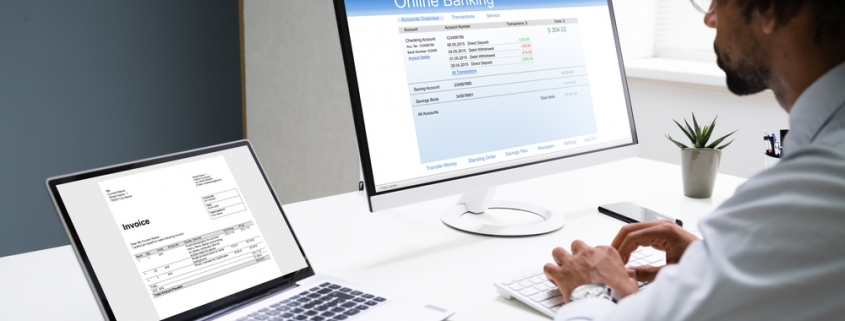How to Record Invoice Factoring Transactions
Last Updated June 7, 2023
In business factoring, companies sell their unpaid invoice to a factoring company in exchange for a cash advance. This type of financial transaction helps a business reduce its credit risk and receive immediate cash. When businesses factor their invoices, they usually sell them at a discounted price.
Because the process involves several steps, recording invoice factoring transactions can be complicated. When recording factored invoices, stakeholders need to decide whether the factoring agreement has recourse or not.
According to Ian Wright, Managing Director at businessfinancing.co.uk, “Recourse factoring is most common. In this type of arrangement the factoring company’s payment takes the form of an advance or loan against the debt.” If the agreement does not have recourse, the seller does not pay for losses the factoring company encounters from the purchased invoices. Determining whether you are using recourse or non-recourse factoring will help you accurately record your factoring transactions.
How to Record Invoice Factoring Transactions With Recourse
When a business sells invoices with recourse, the factoring company can collect if the invoices are unpaid, and Wright explains that with recourse factoring, “the ownership of the debt and obligation to manage taxes are retained by the organization.”
During the negotiations, the seller estimates the potential loss and records the recourse liability. Therefore, the factoring transactions require several entries.
- Record a credit in accounts receivable for the sold invoices.
- Record a credit in recourse liability after estimating the bad debts and potential loss.
- Record the cash received as a debit in the cash account.
- Record the factoring fee and the estimated bad debts as a debit loss.
- Record the amount the factoring company retained in the debit-due account.
If the debts remain unpaid, the factoring company can ask the business to pay the difference.
Unpaid debts need to be recorded. First, you post a credit due from the factor in the amount retained.
Then, find the difference between the retainer and the bad debts before debiting that amount in the cash account. Finally, you record the estimated bad debts as a debit in the recourse liability account.
How to Record Invoice Factoring Transactions Without Recourse
After selling the accounts receivable, the business should record the factoring transaction in the general journal. Wright explains that non-recourse factoring transactions are recorded differently because “the [factoring] company buys the debt outright,” and it cannot be returned to the business if the customers do not pay the outstanding invoices. To accurately record the factoring transaction, the business should:
- Record the amount sold as a credit in accounts receivable.
- Record the cash received as a debit in the cash account.
- Record the paid factoring fee as a debit loss.
- Record the amount the factoring company retained in the debit-due account.
The next steps involve different issues that could arise between the selling company and the factoring company. Hopefully, the factoring company will be paid in full. If so, the factoring company will pay the retained amount, so you can debit the cash account and credit the due account.
If the factoring company receives some of the unpaid debt without exceeding the retained amount, the factor will repay a portion of the retainer. You can record the transaction by crediting the due account with the retained amount, then debit allowance for the uncollected amount. Finally, debit the cash account for the amount retained less the unpaid receivables.
The last instance involves the receivables being unpaid. Since the invoices were sold without recourse, the business does not have to pay any losses to the factor. You record this by debiting the allowance account for doubtful accounts and crediting the due account from the factor’s retained amount.



